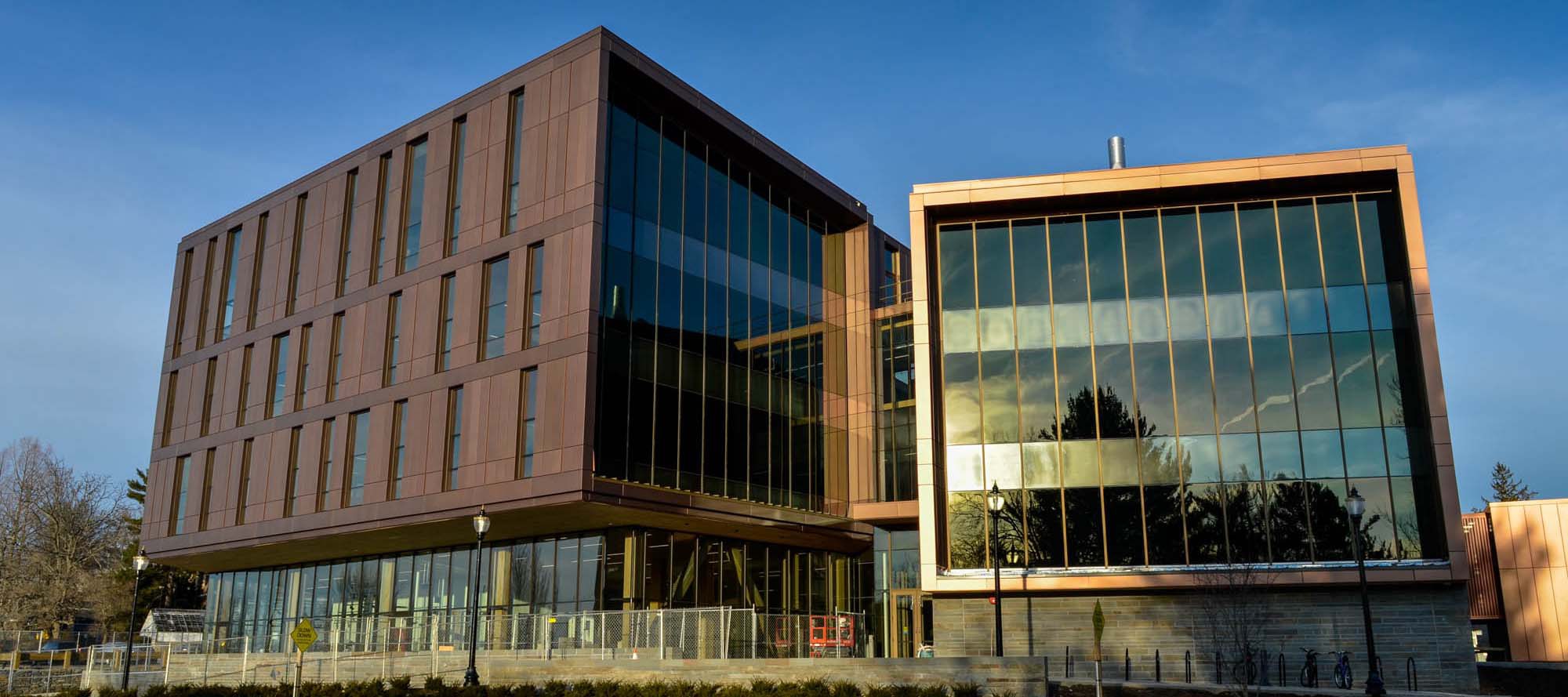BROOKLYN, N.Y. - Located on Brooklyn's East River, the developers of Empire Stores, a Brooklyn mall converted from a warehouse, are relying on a deployable flood barrier to defend against an upcoming storm.
The barrier, which is comprised of laminated marine grade plywood, stainless steel and aluminum, features hinged walls that form an L shape when erected. Twenty-nine crates of four- and seven-foot panels will be trucked to the mall site to create a 1,100-foot wall, surrounding the property.

Made by Norway-based AquaFence, the $1 million “deployable flood barrier” features vinyl between panels to keep water out, along with horizontal footings, which face the floodwaters head-on, keeping the walls from falling over.
AquaFence says a team of 10 people can install over 300 feet of its barrier per hour without loose parts. That means the entire 1,100-foot wall could be installed in just four or five hours.

“We are definitely protecting it against the next Sandy or a greater storm,” Adam Goldberg, AquaFence USA’s director for business development told the New York Times, who is examining how New York buildings are preparing for the expected Superstorm Sandy. “If the spillover is brief, there are pumps inside the protection barrier that would account for that.”
AquaFence Flood Protection Barrier Systems are designed for rapid deployment around a building or opening within hours of a pending flood event. Constructed of marine grade laminate, stainless steel, aluminum and reinforced PVC canvas, AquaFence systems become stronger as floodwater pressure is applied.
AquaFence flood protection barrier systems perform effectively without the need for anchoring to the ground. In high-wind situations however, anchors will provide added stability and enhanced performance.
Protective Shield The AquaFence system is designed to withstand impact from moving debris. Damage to individual components may occur but without system failure. In order to minimize damage, some customers choose to purchase systems with installed protective shields.










 Photo by Leers Weinzapfel Associates
Photo by Leers Weinzapfel Associates Photo: StructureCraft
Photo: StructureCraft Plant rendering. Photo: StructureCraft
Plant rendering. Photo: StructureCraft